Beijing: The China Aerospace Science and Technology Corporation (CASC) has announced that they have successfully developed a hypersonic ramjet engine after a series of tests that was carried out by the Chinese agency.
Hypersonic engines, that could potentially be attached to Chinese Air Force fighters such as the Chengdu J-10 or the Shenyang J-11, could reach speeds as far as 6200 km/h and can be attached to air to air missiles which would give the Chinese Air Force a major tactical advance over other fighter jets in the field as well as ensuring that any missile travelling at this speed would be impervious to any existing missile defence systems.
Pictured is the X-51A Waverider, an American example of the technology.
Reports are suggesting that China has chosen to focus on utilising solid fuels that are considered more stable and eliminate the time consuming process of fuelling them meaning that they could be utilised in a rapid deployment situation. The new engines could also improve the range of the existing 100km weapons that are in the Chinese arsenal and increase that to 320km which could also potentially eliminate any no-kill zones and make opposing forces in fighter jets to be severely disadvantaged. Six of these missiles could be coming to China’s new J-20 and J-31 stealth fighters that have deployed this year.
Combined with the long-range sensor networks that are incorporated within the stealth fighters, Chinese fighters would have a major tactical advantage and would have the ability to reach far behind the front lines to destroy vital support aircraft such radar systems or potentially air bases.
Whilst the Chinese military has developed such engine systems, they will be working to also develop super range detection network of sensors to support such aircraft equipped with hypersonic engines as well as enhancing the capability of air to surface and surface to surface missiles with such engines.
With rising concerns in the South China Sea, an increase in the arms build-up on the Chinese front, a new generation of stealth fighter jets and anti-ship missiles, the development and implementation of such a weapon could potentially pose a bigger security risk to neighbouring countries – that is once the engine is fitted to fighter jets and has undergone testing in a manned aircraft capacity.


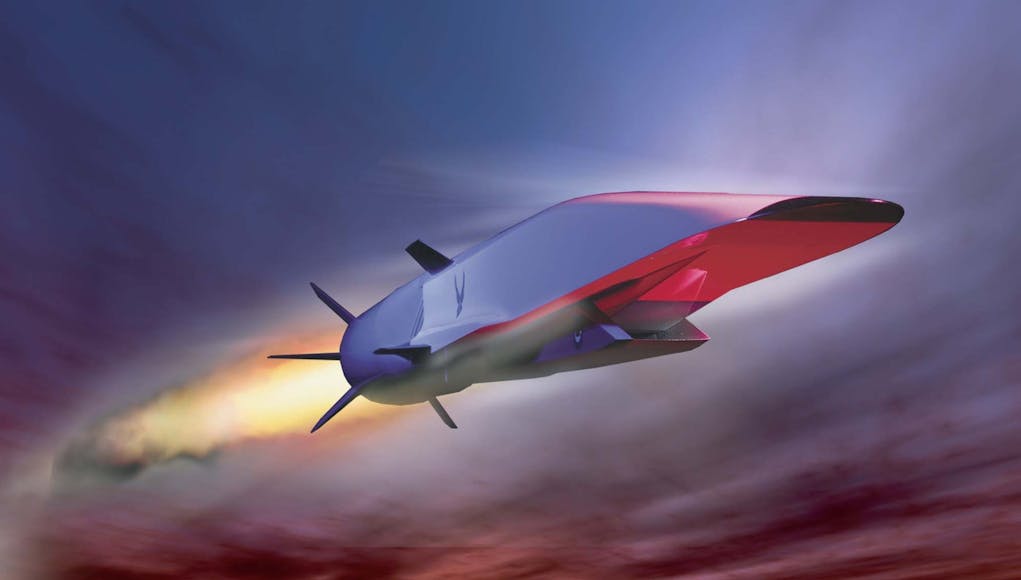
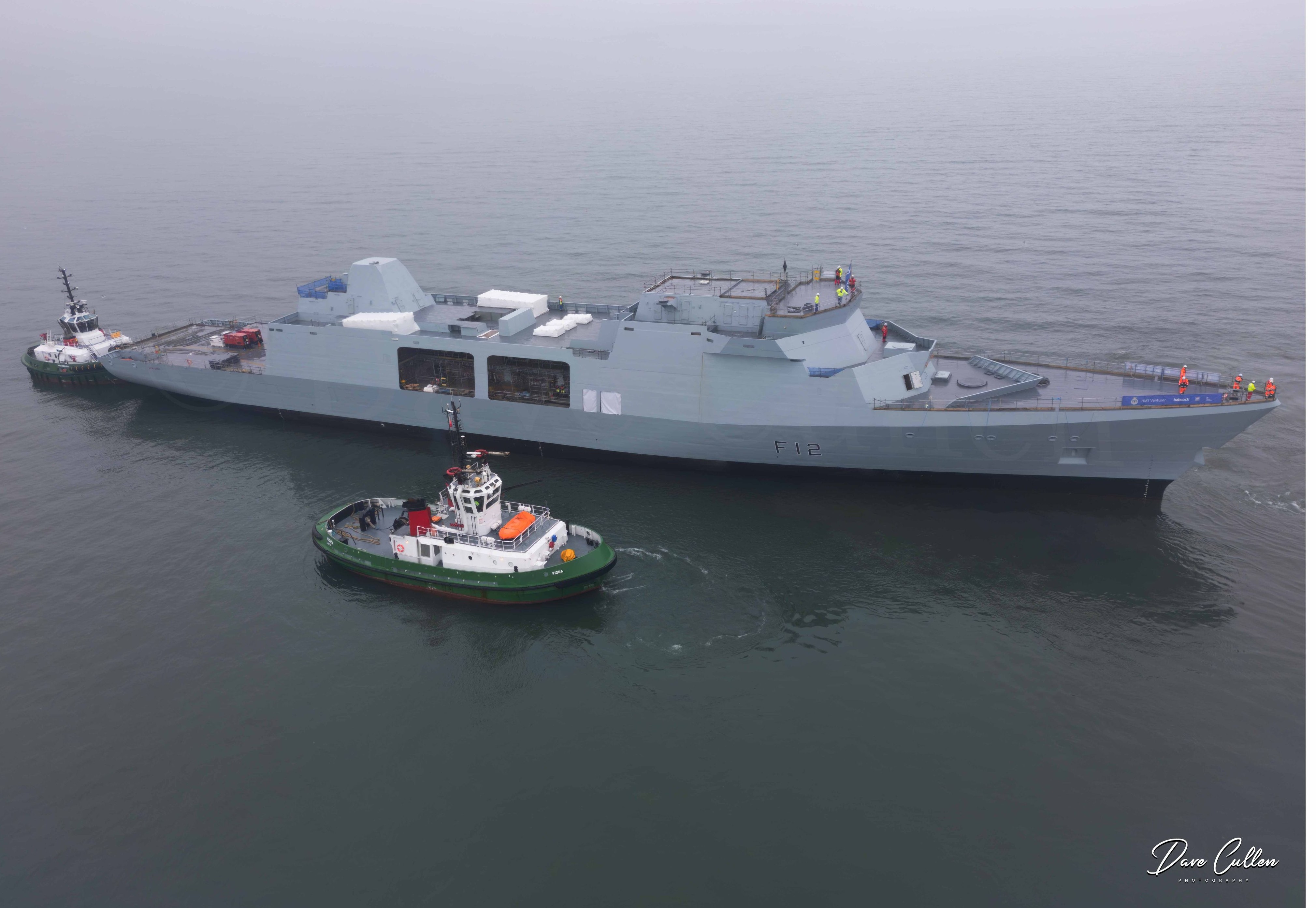


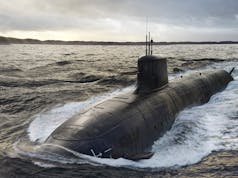
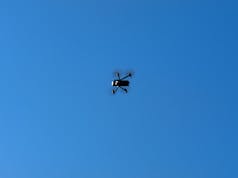



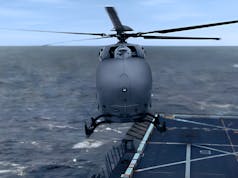

Is it April 1st? You can’t just fit an engine like this to a fighter jet. You’d have to design an aircraft around the engine. The resulting “fighter” would be too fast to turn. I am not surprised to see the Chinese copying the Russians in their pursuit of supersonic and hypersonic anti-ship missiles. Remember that it was the Russians who sold them 500 Sunburn missiles. They are cooperating. The west needs to wake up and engage this threat at a political level; if the Chinese and Russians think they are winning an arms race, they can be expected to act more aggressively.
Agree with Nick. The Russians and Chinese are looking for a te h ological advantage over the West. I am not sure our aster 15/30 defensive missiles or sea ceptor will be able to intercept such fast incoming targets. Although i think the Russian and Chinese guidance systems and radars are not that good currently to support such fast weapons. Likely only going to be able to hit the largest vessels such as our aircraft carriers, lphd, cruisers/ larger destroyers.
Time we fitted rail guns and laser point defence weapons to our ships.
I am seriously worried about the lack of self defence weapons on the QE carriers though 3x phalanx is not going to be enough when the RN has inadequate numbers of frigates and destroyers to protect them.
Agreed. It’s reasonable to assume that hypersonic missiles would fly in a straight line, though. That should simplify things a bit. The latest highly supersonic Russian missiles worry me more because they manoeuver erratically in their terminal phase. On the positive side, a layered defence combining aster 15/30, sea ceptor and phalanx, possibly supported by f35s and Merlin Crowsnest looking down, ought to be tough to penetrate.
Agree, although I can’t see Phalanx being much use in terminal phase intercept against even highly supersonic let alone hypersonic missiles. I’m not even talking about and difficulty in hitting them, let’s just assume for the sake of argument that they can be hit. The issue is that even with existing supersonic or near-supersonic missiles there is concern that the kinetic energy delivered into the ship will still do a hell of a lot of damage even if the Phalanx scores direct hits and shreds the warhead. With the much higher velocities, especially with hypersonic, plus the squared relationship between KE & velocity, I doubt that Phalanx adds much to the defence layers. I’m not disputing the potential effectiveness of especially Aster and hopefully also Sea Ceptor against a hypersonic missile that can’t do sharp turns but for Phalanx I didn’t think even a direct hit would do what is needed to stop extensive damage to the ship/carrier.
That is why the RN has just 3 options to provide certified defence against these formidable new weapons
1) develop higher tech solutions such as lasers, particle beams or rail guns and put them to sea.
2) Build adequate numbers of escorts to offer an adequate layered defence of a carrier battlegroup. The commons defence select committee and Admiralty state we need 26 destroyers and frigates. How is the government allowed to ignore this advice?
3) Equip the QEs with containerised sea ceptor and anti torpedo/ anti mine rockets as equipped on Italian FREMM frigates. The QE class is easily big enough to fit those weapons and has been designed with a broad margin.